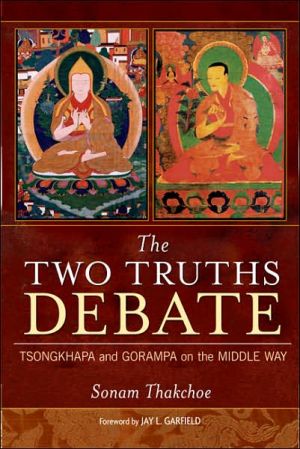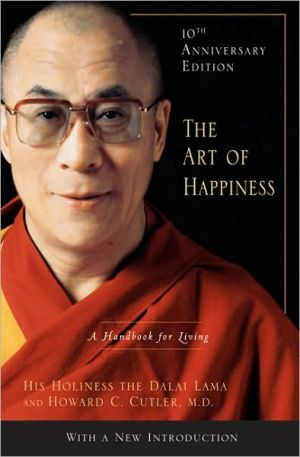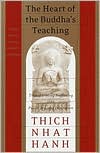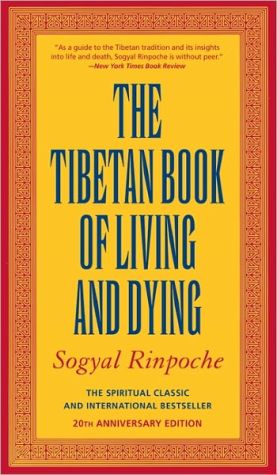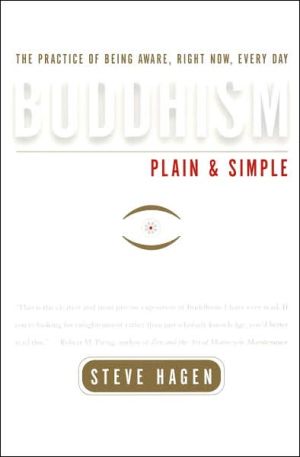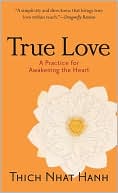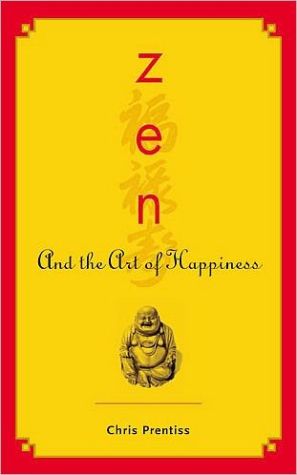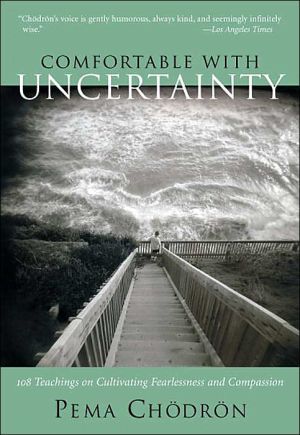Two Truths Debate: Tsongkhapa and Gorampa on the Middle Way
All lineages of Tibetan Buddhism today claim allegiance to the philosophy of the Middle Way, the exposition of emptiness propounded by the second-century Indian master Nagarjuna. But not everyone interprets it the same way. A major faultline runs through Tibetan Buddhism around the interpretation of what are called the two truths—the deceptive truth of conventional appearances and the ultimate truth of emptiness. An understanding of this faultline illuminates the beliefs that separate the...
Search in google:
The Middle Way is a central idea for all Buddhists, yet its definition varies across Buddhist cultures. In Tibetan Buddhism, the interpretation of what are called the two truths — the truth of conventional appearances and the ultimate truth of emptiness — is especially contentious. This comparative analysis examines the differing approaches toward the Middle Way taken by the two great Buddhist scholars, Tsongkhapa and Gorampa. It demonstrates how philosophical positions have dramatic implications both for how one approaches Buddhist practice and for how one ultimately understands enlightenment itself.
Foreword Jay L. Garfield ixAcknowledgments xiTechnical Notes xvIntroduction 1The Objectives and Scope of this Book 1Why Compare Tsongkhapa and Gorampa? 3The Relationship Between the Two Truths 7Introduction 7What Is Divided into the Two Truths? 9The Objects of Knowledge as the Basis of the Division 9Mere Mind as the Basis of the Division 12How Are the Two Truths Related? 17The Two Truths Are Ontologically Identical but Conceptually Distinct 17The Two Truths Are Distinct and Incompatible 21Two Truths or One Truth? 28How Is Conventional Truth "Truth" at All? 29Why Is Conventional Truth False and Deceptive? 34Applying the Worldly Convention 36The One and Only Truth 40Conclusion 43Meanings and Definitions of the Two Truths 45Introduction 45The Meanings of Samvrti 46Samvrti as Ignorant Consciousness 48Samvrti as Mutually Interdependent 53Samvrti as WorldlyConventions 55Concealers: The Soteriological Objects of Negation 58The Meanings of Paramarthasatya 62Definitions of the Two Truths 65Candrakirti's Definition of the Two Truths 65Nagarjuna's Definition of the Two Truths 72Conclusion 77Language, Concepts, and Ultimate Truth 79Introduction 79The Limits of Language and the Conceptual Mind: The Cataract Analogy and Its Applications 79Ineffability and Inconceivability of Ultimate Truth 87The Validity of the Conceptual Right View 91Final Implications 98Conclusion 100Realizing Ultimate Truth 101Introduction 101Seeing Ultimate Truth by Way of Not Seeing It 102Transcendence 107Proliferation of Conceptual Elaboration 107Transcending Conceptual Elaboration 110Nondual Epistemology 115Seeing Phenomena as Nothing 119Seeing Phenomena as Empty 123Conclusion 129Enlightenment 133Introduction 133The Universality of Ultimate Truth 134How an Arya Knows the Two Truths 139A Buddha's Exceptional Mode of Knowing the Two Truths 144Knowing the Two Truths from the Two Conflicting Perspectives 144Knowing the Two Truths Simultaneously 150Conclusion 156Conclusion 159Soteriology and Psychology 159Ontology 160Epistemology 161Ethical Implications 162Abbreviations 165Notes 171Glossary 227Bibliography 233
